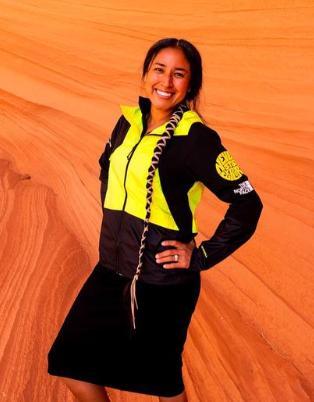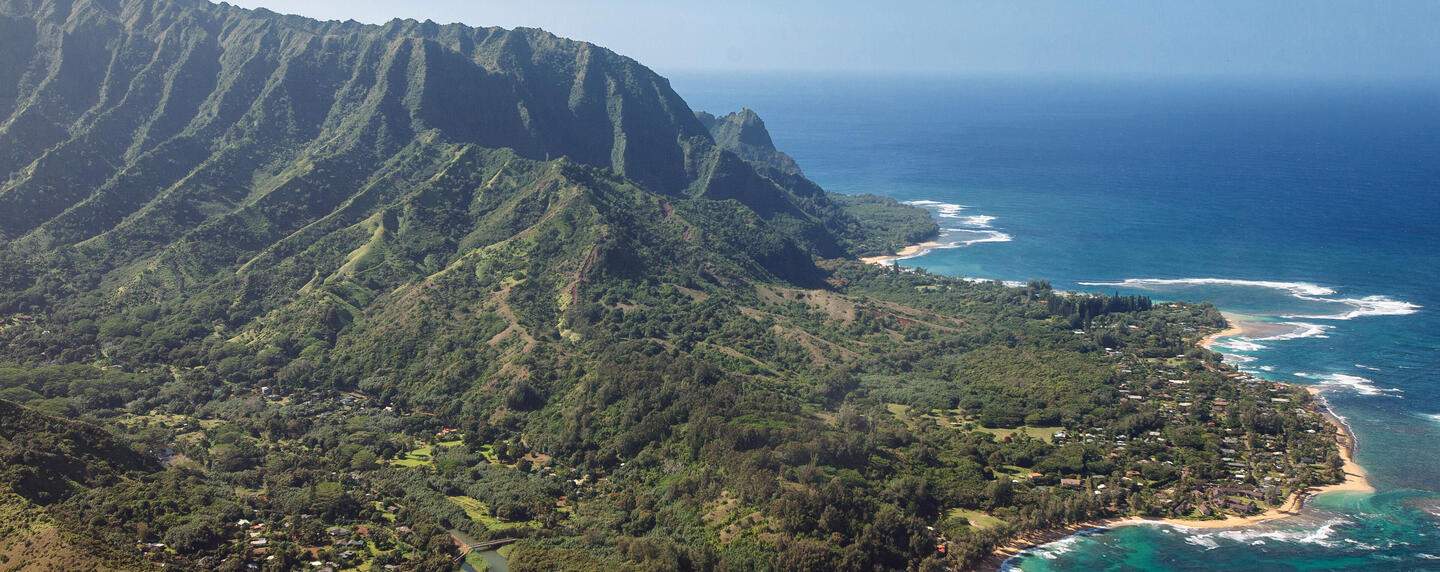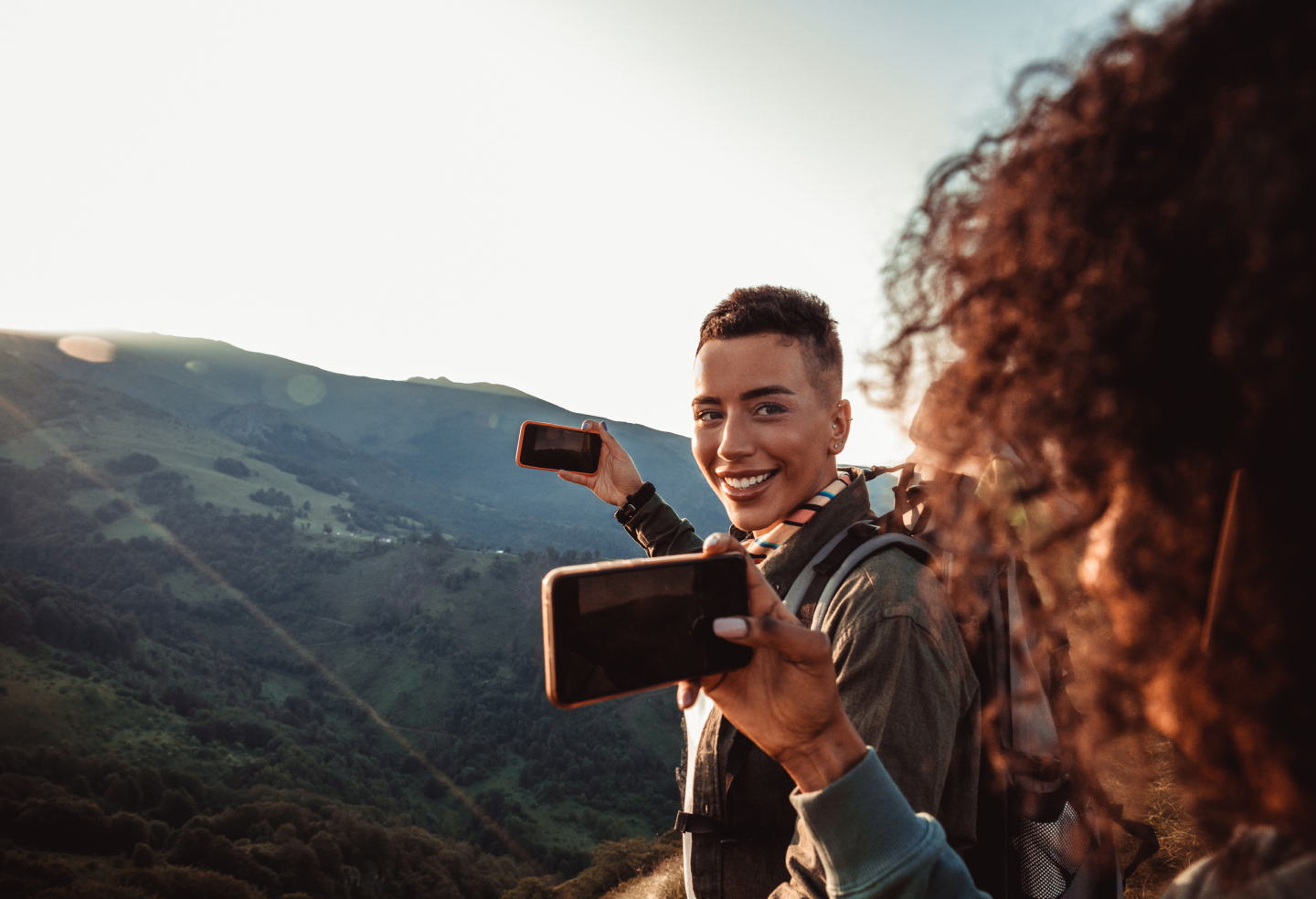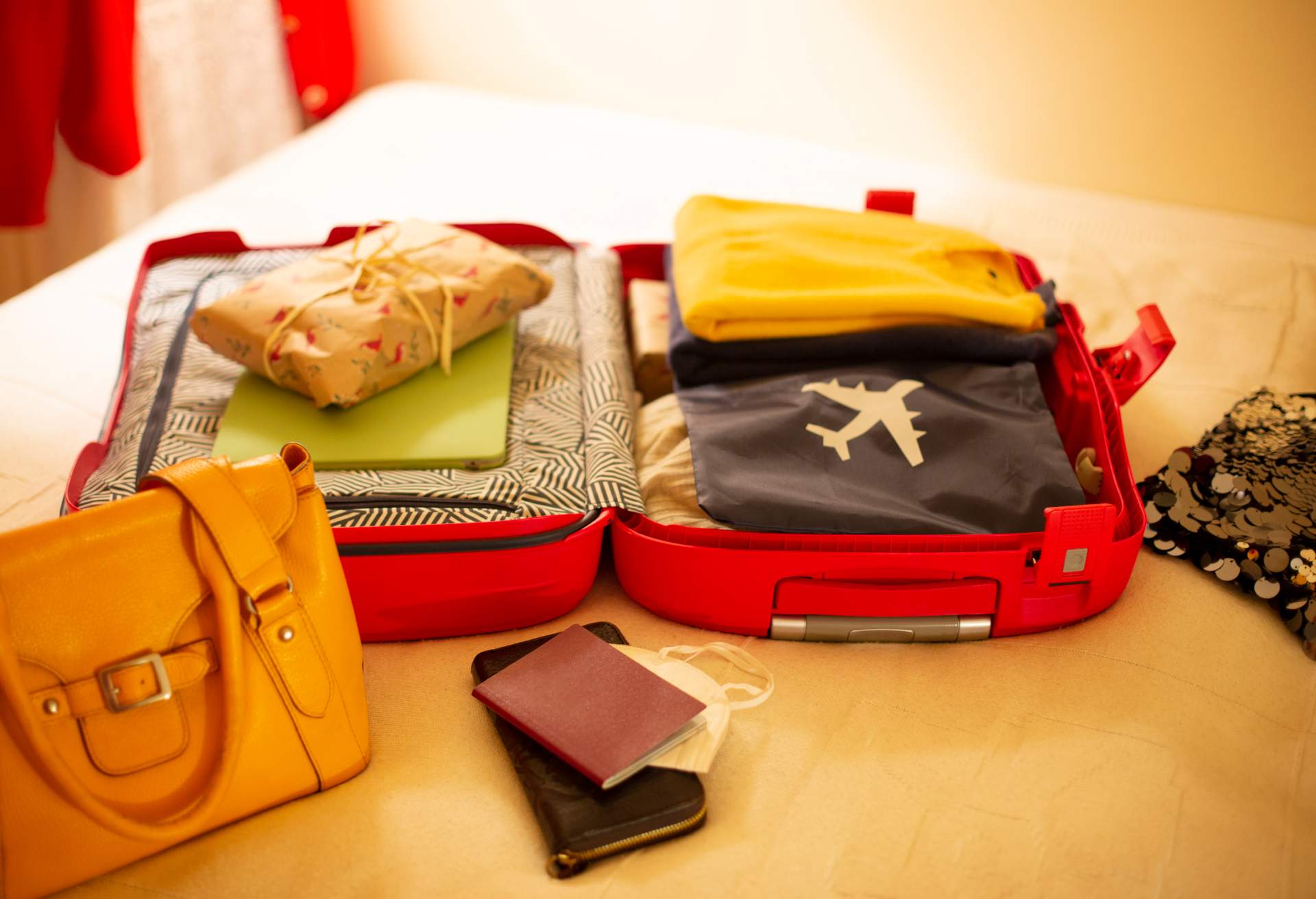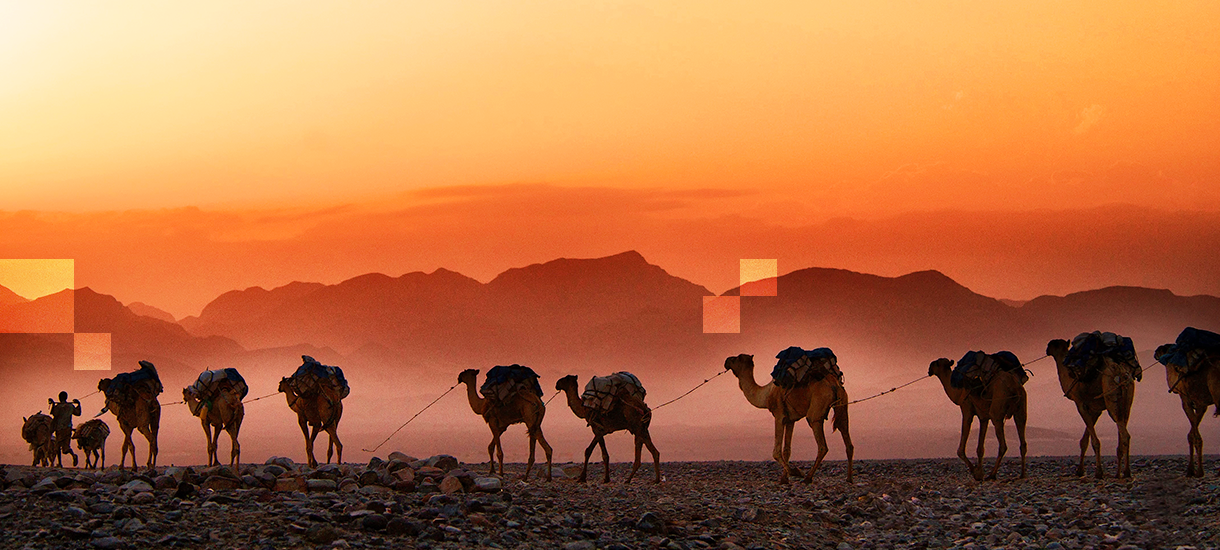KAYAK wants to help all travelers experience the world respectfully. We asked Amanda Mitchell, a.k.a. @athabascan.adventures, what travelers should know when traveling to Native and Indigenous spaces. Check out her answers to questions she gets asked most frequently below.
Hello! My name is Amanda. I am Athabascan. Our people are the original inhabitants of interior Alaska. My grandparents raised their 11 children, 6 girls and 5 boys, in Holy Cross, Alaska on the Yukon River. They lived off the land. My mom started to raise my brothers and I there but then decided to move us to the city for a better way of life. I grew up all over the state of Alaska. Growing up here has taught me so much. We learned at a very early age how we can live off the land. My whole life we have harvested berries, fish, and moose. It has been so rewarding. The land is rich not only in food but in our culture and traditions. I now live here with my husband of 14 years, and my parents adopted my 2 little sisters who bring so much joy to our family. Life is beautiful and being Alaska Native has taught me so much about so many cultures and history. It’s amazing what our people have been through and what we continue to do.
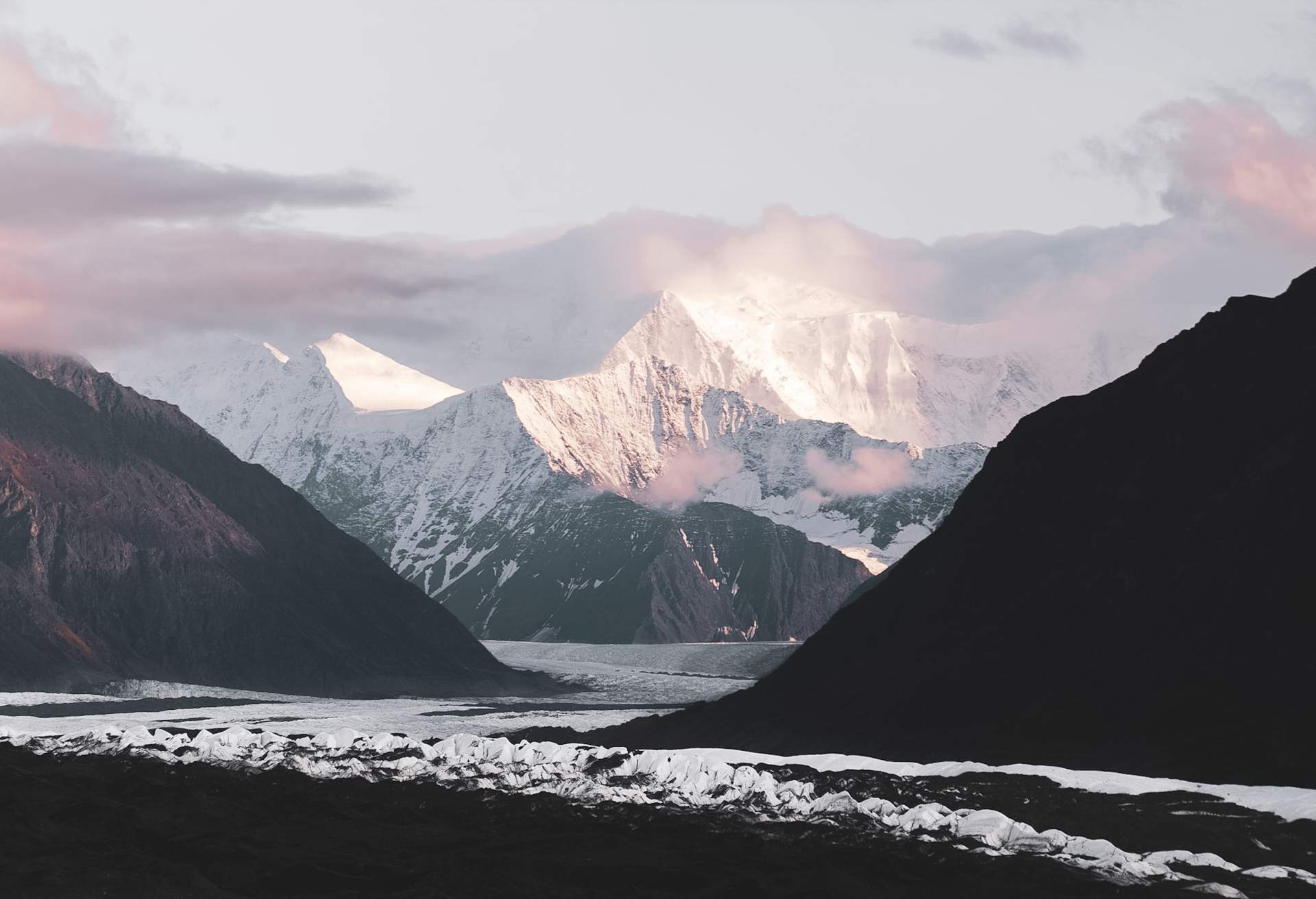
You’re about to travel to a land where Native Americans and First Nation people frequent. It’s unknown to you and so new. You have so many questions about the culture and traditions and how to respect the Natives. I’m here to help you along your journey. I may not get it all right, but I can tell you what I’ve been taught and what I’ve learned along my journey.
Growing up as an Alaska Native, Athabascan, has been beautiful and rewarding. I was taught how to harvest food from the land and how to be respectful of the land. My relatives always taught me not to waste the food from the land, not to litter and to always be thankful for the abundance that the land has to offer. These were key lessons that have followed me my whole life.
I did not know how important my culture and traditions were until later in life. I get so excited when others ask me about my culture and traditions or my Grandparents and what life was like for them. So if you have a question, don’t ever hesitate to ask!
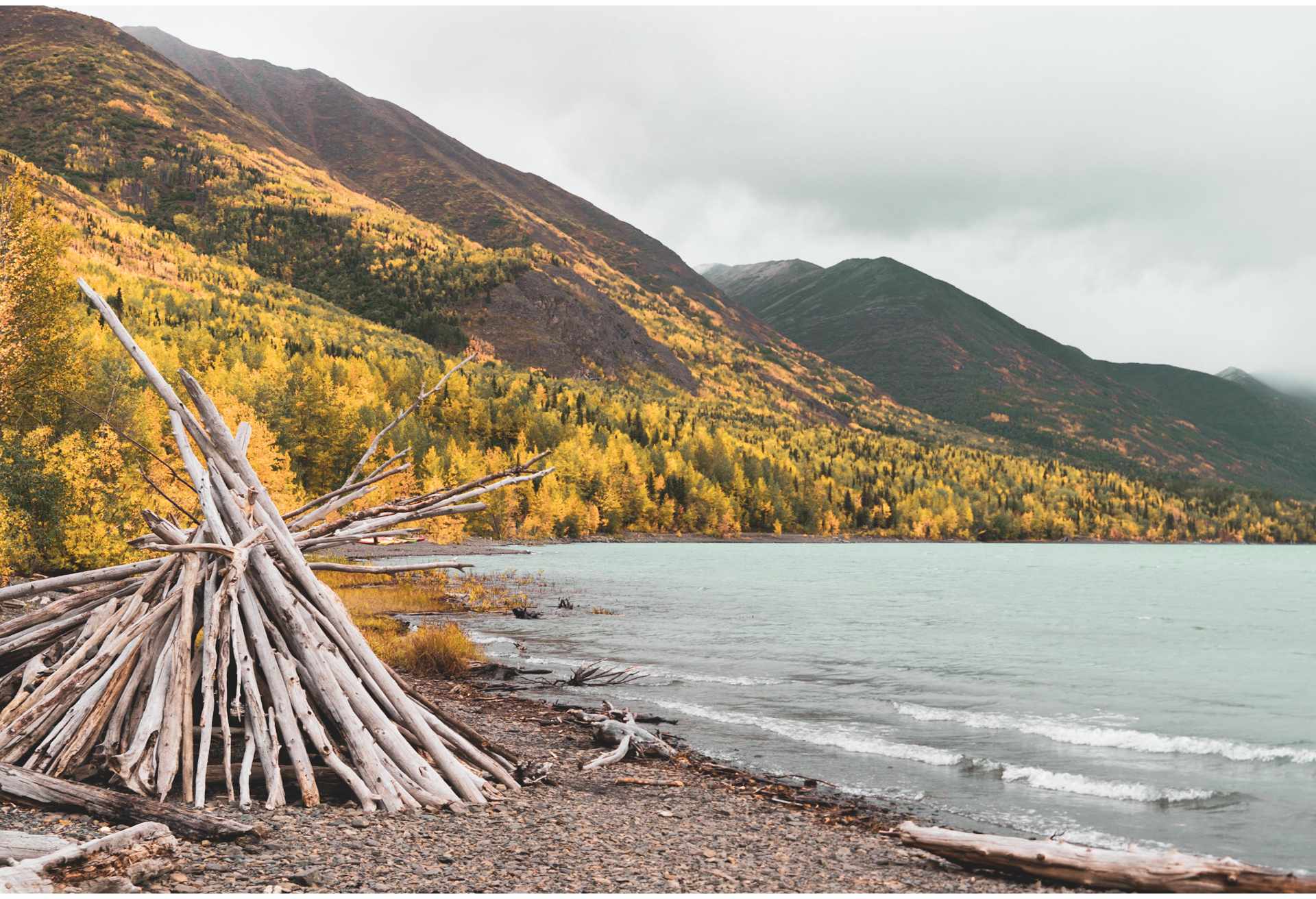
What should I research before I visit a Native or Indigenous space?
Before you travel, I would recommend doing some research on the names of the tribes in the area. There are more than I can count, and they are all beautiful and unique. One resource that is a great place to start is Project 562, a project by Matika Wilbur. Her goal is to photograph 562 federally recognized tribes in the United States, and she has done a beautiful job so far. I have also found this interactive map very helpful for finding First Nation Tribes in Canada. There are over 630 First Nation Communities in Canada, which represent more than 50 nations and 50 Indigenous languages.
I would also look up any events that are going on in the area. For example, every July in Fairbanks, Alaska we have the World Eskimo Indian Olympics. It’s an exciting event that includes most of the tribes in Alaska. There is so much to learn, see and experience! Another example is the Gathering of Nations, the largest powwow in the United States and North America. It is held annually on the fourth weekend in April on the Powwow Grounds at Expo NM in Albuquerque, New Mexico. Over 565 tribes from around the United States and 220 from Canada travel to Albuquerque to participate. I also find calendar.powwows.com very interesting and helpful for finding events.
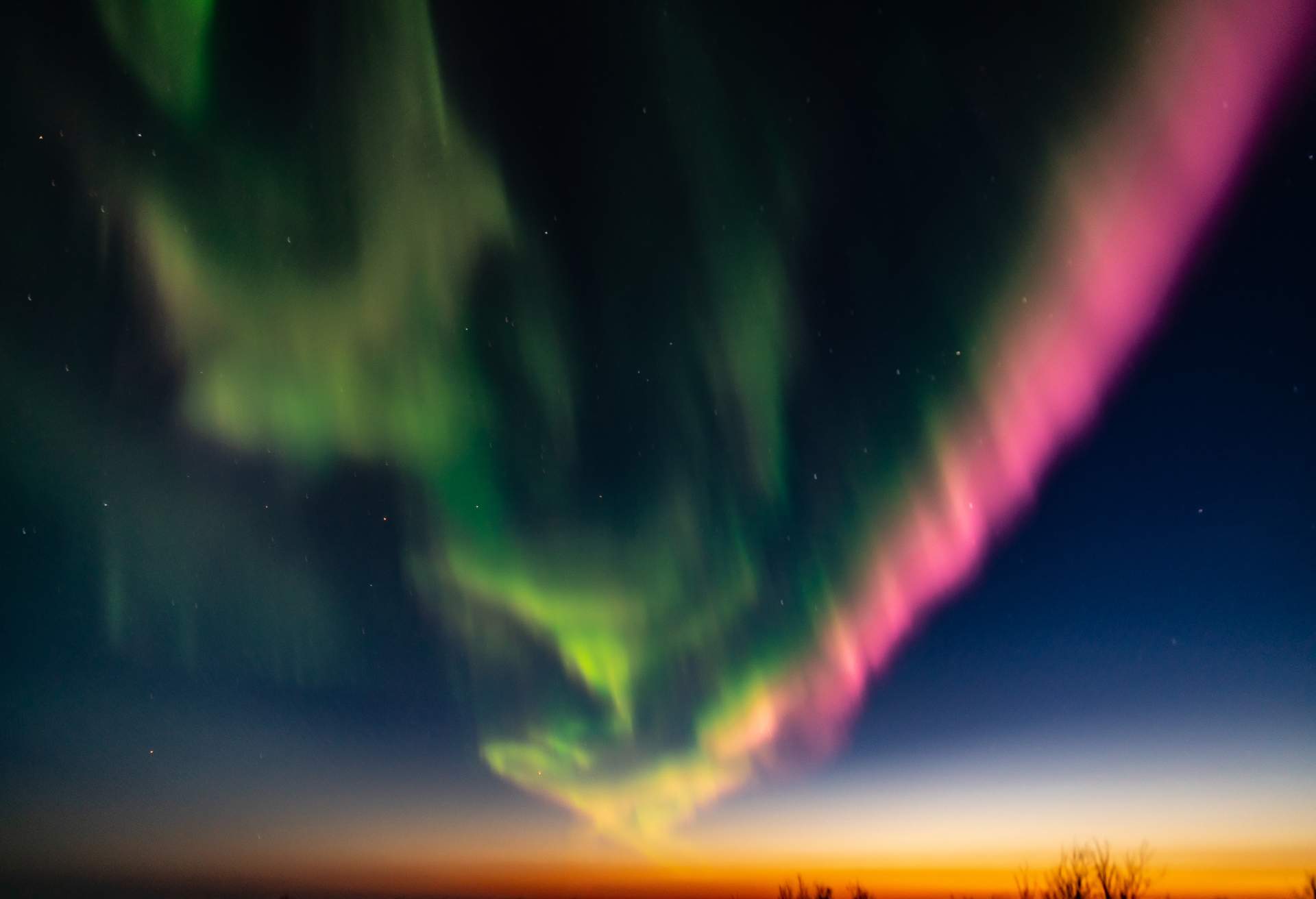
What is a powwow and is it okay if I attend one?
My answer is to do your research. Find out if the powwow is private or public. Find out what tribes will be performing. Research is key. Powwows are sacred social gatherings where tribes honor their cultures in song and dance. Most tribal dances in Alaska tell a story. It’s amazing to learn what each song and dance means.
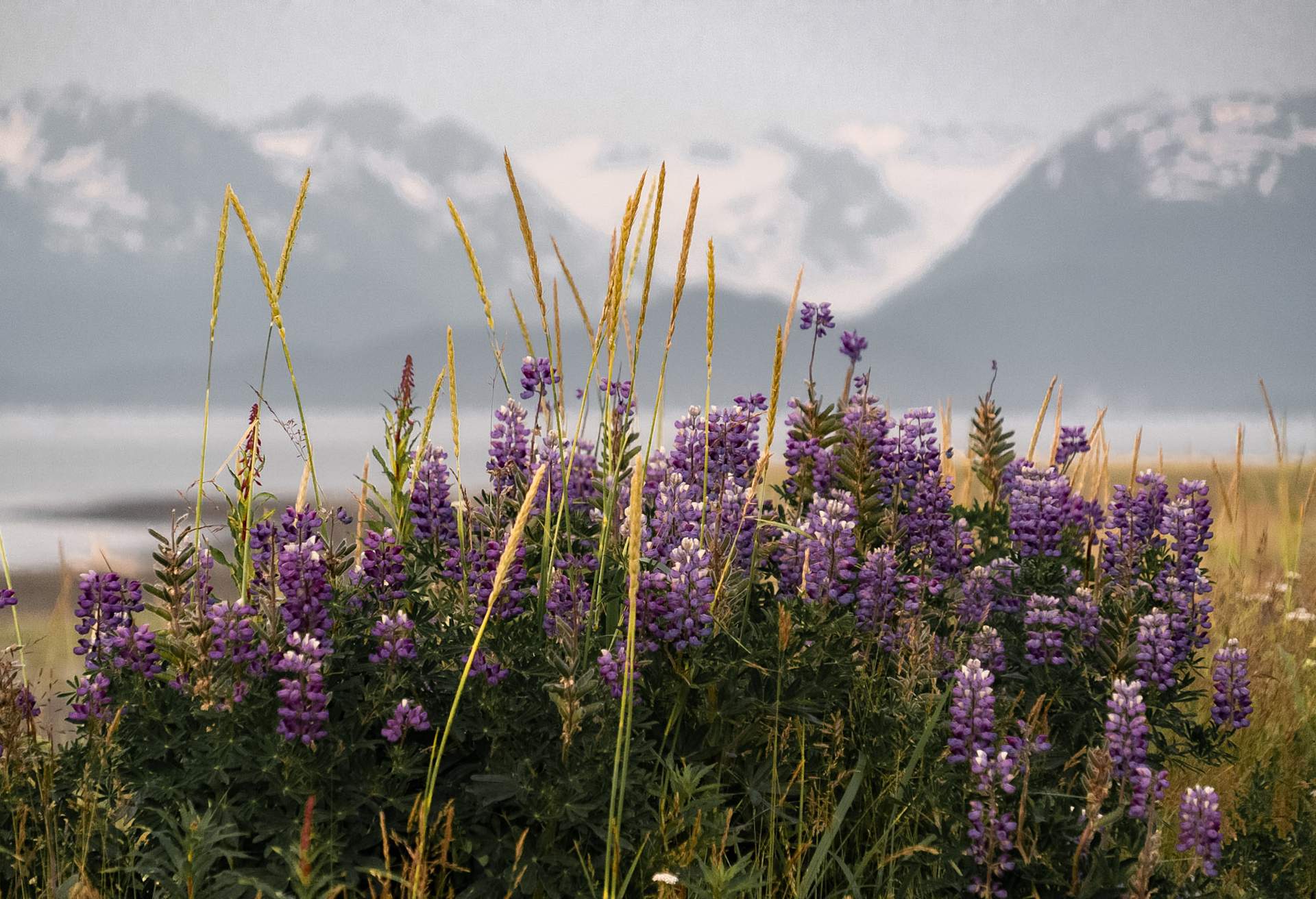
Is it okay for Non-Natives to wear Native Clothing?
I was told that it is not okay unless it has been gifted to you or you were invited to wear it. I was very surprised by this, but I respect what was taught to me. This does not mean that you cannot purchase from Native vendors at gift shops and events. It just means that it’s an honor if a Native American has gifted you an item from their tribe and culture.
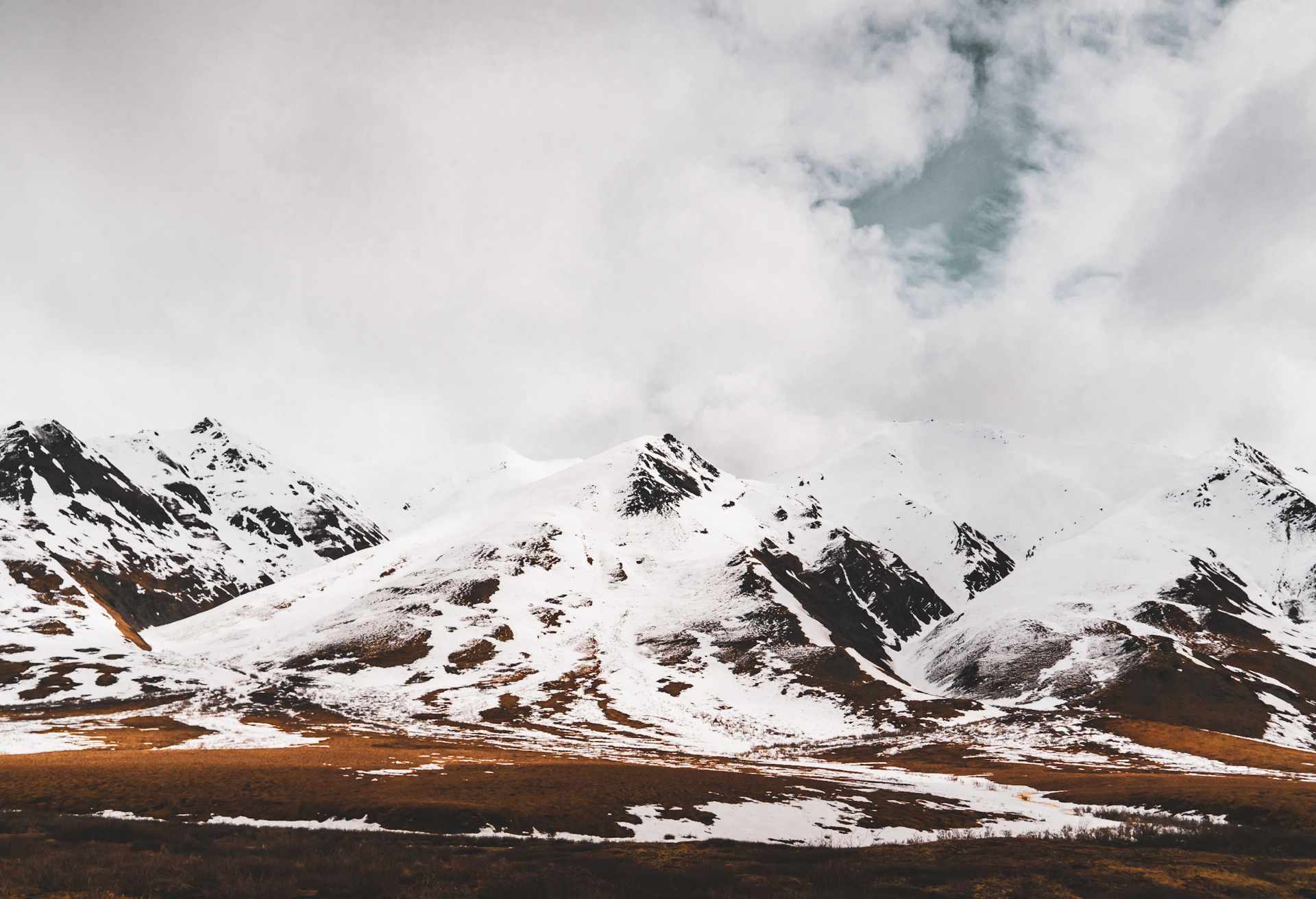
Aren’t “Eskimo” and “Indian” slurs?
My answer is yes. Those names were given by Non-Indigenous people. People in the community may use these names, but it is inappropriate for someone outside of the community to use these terms. In Canada, they prefer to be called “Inuit” meaning “People” or “First Nations,” never “Indian” or “Eskimo.” Most Alaska Natives prefer to be called by their tribal name. If you are talking about our people but are not sure of the name of the tribe, please refer to us as Alaska Natives or Native Americans. If you are not sure how to ask, try asking, “What Alaska Native tribe are you from?”
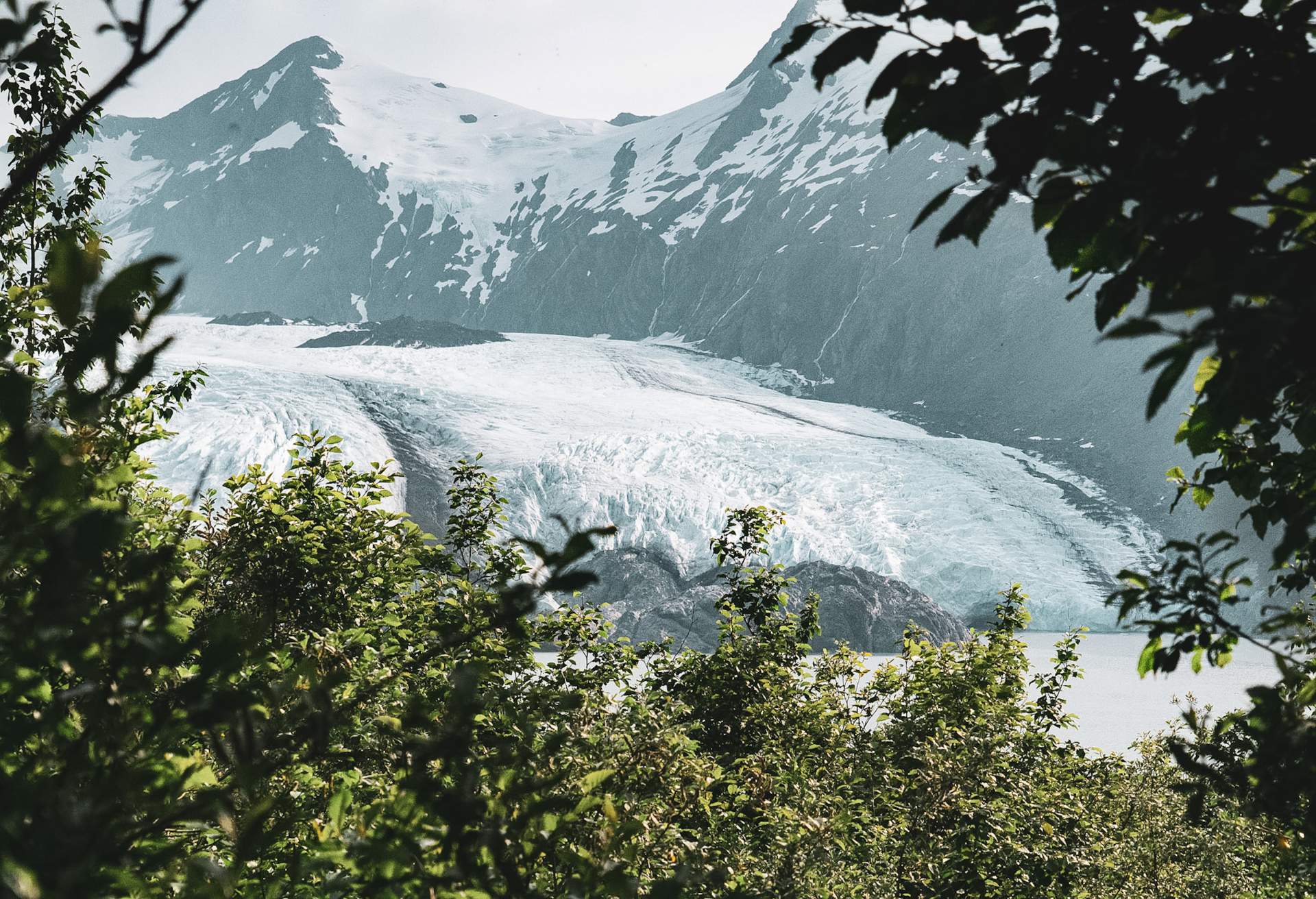
Whose land are we exploring on?
I was asked this question a lot when I was an Ambassador for Native Women’s Wilderness, a nonprofit created to bring Native women together to share stories, support each other, and learn from one another as they endeavor to explore and celebrate the wilderness and Native lands. This question always gets me thinking, and it always gets me researching! It can be as simple as starting with Google, then letting my research bring me deeper and further into history. It was most times more than I could comprehend, but I was always fascinated and learned so much. So if you are on a hike, scenic drive or exploring a National Park or Monument, ask yourself this question and then look up the history of where you are exploring. I have done this when visiting the Lower 48 and Alaska, and it has amazed me every time. But it also brought up a lot of the negative history of the land, so prepare yourself – history can be brutal sometimes.
Native American Lands and First Nations Lands are so rich in culture and traditions. There is so much to learn and know about the people who first inhabited this land, from the food they prepare to the practices they use to keep safe and warm from the elements. Taking time to learn these traditions takes us back to our ancestors and what they have taught us. So if you’re traveling to this land, please don’t be nervous or hesitant to reach out and ask questions. I feel so much respect from different people who have reached out and asked the hard questions. I love researching, explaining and helping you know and respect our culture and traditions. It means so much to me when someone visits and is genuinely curious about our people. You are the ones who will help our culture and traditions continue on from generation to generation and for that, I’m thankful.
Photos by Amanda Mitchell
Follow Amanda on:
Instagram: athabascan.adventures
TikTok: athabascan.adventures
Facebook: Athabascan Adventures
The views and opinions expressed herein are those of the author(s) and do not necessarily reflect the views and opinions of KAYAK Software Corporation, its subsidiaries, and their respective parent companies or affiliate companies. Links in this post are for informational purposes only, and there is no affiliation, sponsorship, or endorsement by, between, or with KAYAK Software Corporation whatsoever.

